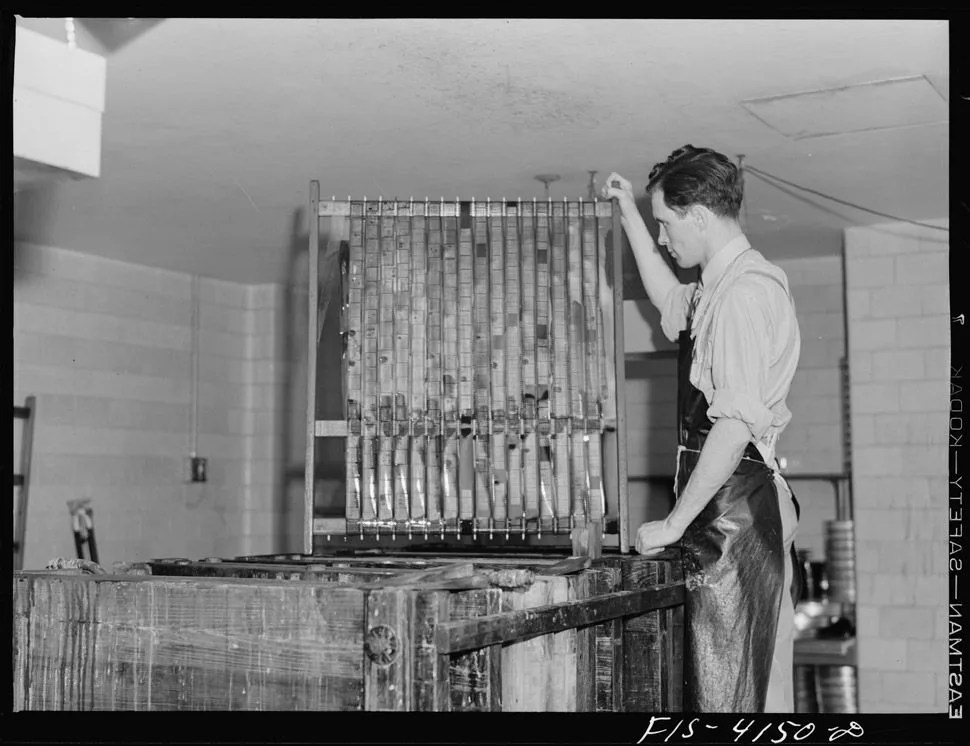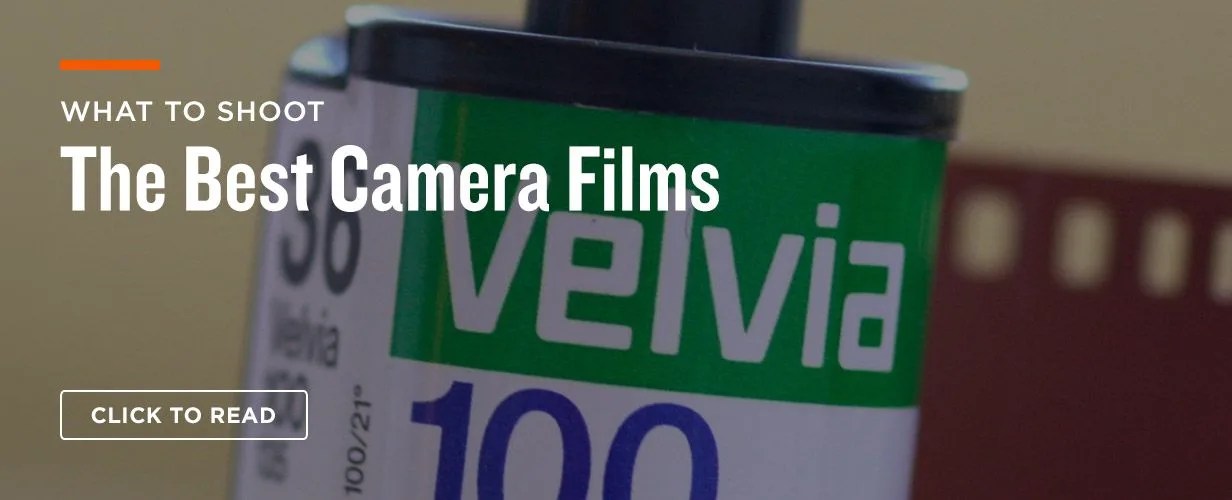While it’s possible to develop your own color film, black and white is a good place to start. It’s also the essence of film photography: just look at the work of Ansel Adams and Henri Cartier-Bresson. Pick up some Kodak Tri-X 400 or Ilford HP5 Super, load your old Nikon and go fire off a roll or two. While film processing isn’t rocket science, there is a learning curve, so don’t expect perfect results on your first try. – Jason Heaton
What’s old is new these days. Mechanical watches and vinyl records are on the rebound — and so are film cameras. Judging by the growing number of retro-styled digital cameras like the Fuji X100 and Nikon Df, buyers want to experience the tactile nature of the cameras of yore. But to go truly old school, you’ve got the ditch the SD cards, stop chimping at an LCD and load a roll of film. Fortunately, excellent vintage film cameras are cheap (for now) and film is still readily available. But film has to be processed before you can see what you’ve shot, and while there are still good photo labs in most major cities that will develop your rolls and give you back negatives, prints and a CD of digital scans, it can be expensive. For a generation reared on digital, the turnaround time can also seem interminable. But what shooting film lacks in instant gratification, it makes up for in satisfaction, especially if you learn to process and scan your own film — and it’s easier than you think.

Film photography is the process of exposing light-sensitive silver-coated acetate to light through your camera’s shutter and aperture. But that’s only half the story. To make those images on the film strip visible, they must be bathed in a developing chemical; that process is stopped with another chemical bath; finally a third mix of chemicals seals or fixes the images on the film. When you’re done, your roll of film is a roll of negative images which you can enlarge or digitally scan. The chemicals and minimal equipment required to process film can be found at most camera stores (usually on a dusty corner shelf) or ordered online. But first you’ve got to get the film out of the camera and off its roll.

Click to see Jason Heaton’s photo essay from Iceland, shot on film.

